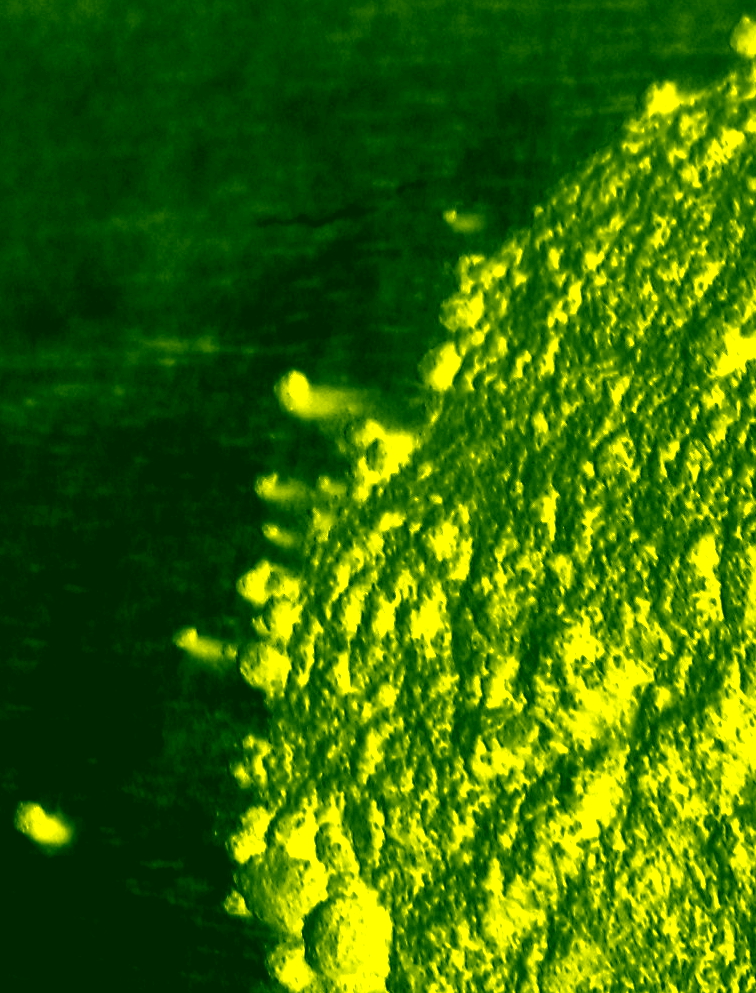Deal sealed on new ground for uranium
 Australia will sell uranium to India following several years of negotiation.
Australia will sell uranium to India following several years of negotiation.
The two nations have been in discussions since Julia Gillard's government overturned a ban in 2012.
There has been concern about a range of safety issues, largely because India has not signed the Nuclear Non-Proliferation Treaty.
Reports say Indian officials have managed to convince Australian authorities that the uranium will be used for energy generation only.
Insiders claim the deal was struck remarkably quickly, possibly showing the eagerness of both nations to get the trade underway.
Australia controls around a third of the world’s uranium reserves, but has no significant facilities to process or generate electricity from it, so the industry looks only to export.
India has a network of 20 nuclear power stations, which supply about 4 per cent of the nation's electricity.
But the fears for potential misuse are not unfounded.
India first tested a nuclear bomb in 1974, was testing fusion weapons as recently as 1998, is estimated to have around 100 nuclear weapons stockpiled, and is engaged in a border dispute in the Kashmir region with the neighbouring nuclear-armed state of Pakistan.
Meanwhile, environmental campaigners are worried that uranium dust from a planned mine in South Australia could contaminate crops and drift hundreds of kilometres.
Signs and protests are popping up in opposition of the Hillside Mine near Ardrossan on the Yorke Peninsula.
The Yorke Peninsula Landholders Group says 3 million kilograms of dust could be produced annually by Rex Minerals' Hillside copper, gold and ore mine, which they say could include radioactive uranium and related substances.
Rex Minerals managing director Steve Olsen has acknowledged the existence of uranium on the site, but said uranium levels were well within regulated guidelines.
He said dust was a “valid and understandable” concern, but if the mine would feature numerous dust-suppression systems.
The company says uranium levels in tailing ponds will be about 57-parts-per-million, which is lower than the 200 parts-per-million limit under South Australian Environment Protection Authority (EPA) regulations. It also comes in under a new 80ppm limit expected to be imposed soon.
The environmentalists cite a paper compiled by United States researcher Dale Dewar, which found that “long-lived radioisotopes” from uranium operations could easily reach surrounding land in the form of dust and in water used for dust suppression.
But University of Adelaide environmental scientist Professor Barry Brook says uranium is a heavy metal that is less likely to travel from the site than others.







 Print
Print